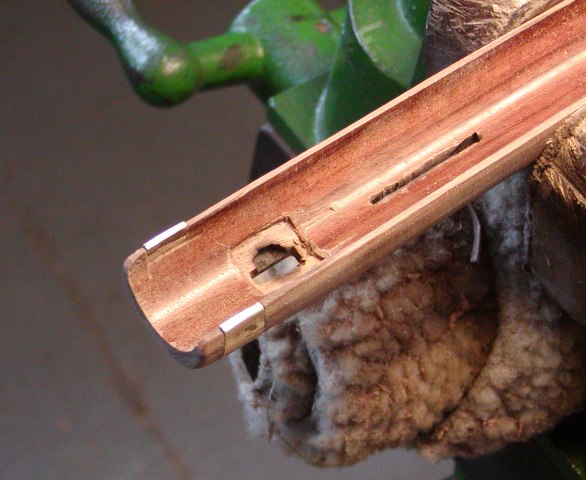Hi,
For most muzzle loading guns, bedding the barrels most likely has no effect on accuracy. However, it does significantly strengthen the fore stock. Most of my guns have very slim and thin fore stocks and I always paint the barrel channels with a varnish thin coat of Acra Glas epoxy. I found through experience that a thin coat can triple the strength of the thin side walls along the barrels. I discovered this when I built a swivel breech rifle based on Dave Price's swivel breech mechanism. The barrels are soldered together so the side panels making up the fore stock are separate thin pieces with a "V" ridge or rib in the center. That "V" becomes really thin on the side housing the ramrod groove and hole. The first 2 panels I made for that side broke from being fragile. I decided to test a thin coat of Acra Glas on thin wood strips to see if it strengthened them. Using a spring scale to deflect the strips suspended by their ends, I measured force required to break them and Acra Glas increased that force 3 to 10 times. Consequently, I painted the backs of the side panels and had no further breakage problems.
dave










 . The barrel steel is softer than what is used in rifles that fire high pressure ammo and those BP muzzle loading barrels do not fire bullets any where near the velocity of a modern cartridge rifle.
. The barrel steel is softer than what is used in rifles that fire high pressure ammo and those BP muzzle loading barrels do not fire bullets any where near the velocity of a modern cartridge rifle.
